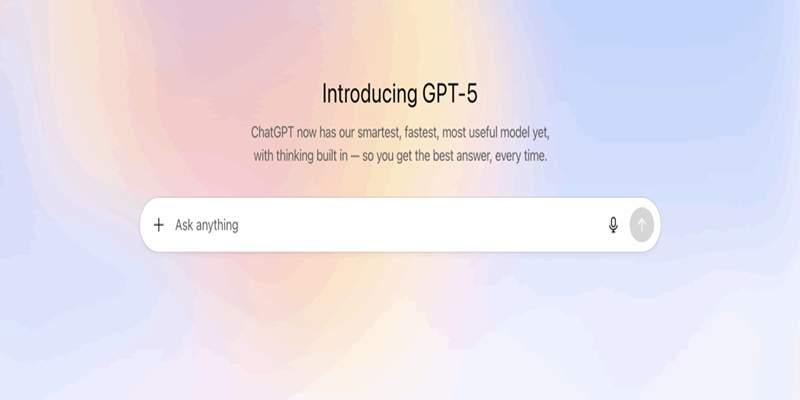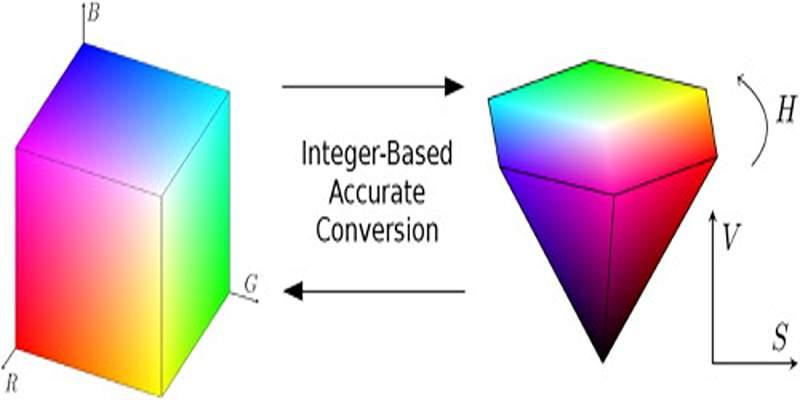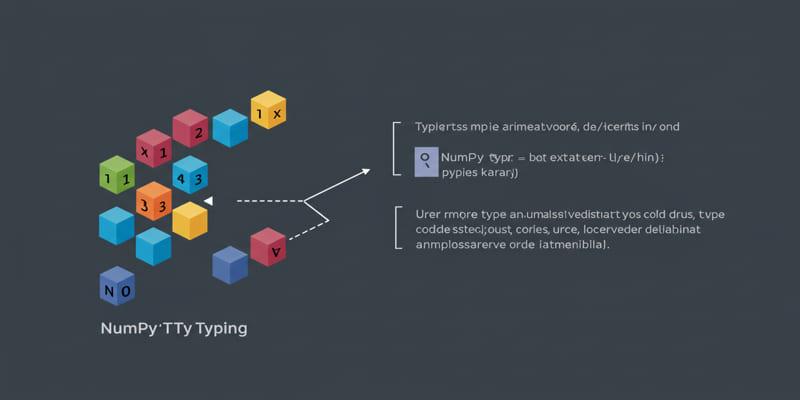The rise of generative AI has prompted one of the most valuable yet underestimated skills. Many users assume that typing a quick instruction will automatically lead to refined and useful results. In reality, the quality of an output reflects the precision and depth of the prompt. This realization has created a new type of guide—something akin to a “GPT stylist.”
A GPT stylist does not simply provide technical shortcuts. Instead, they offer insight into how prompts can be structured, refined, and adjusted to bring out the best in AI. Just as a fashion stylist shapes a look with care, a GPT stylist shapes communication between human intention and machine interpretation. This post explores what such a stylist teaches about prompting better and why those lessons matter in every interaction with AI.
One of the earliest observations made by a GPT stylist is that prompts serve as the foundation of every exchange with AI. If that foundation is shaky, the results will lack depth or relevance. When instructions are vague, the model fills gaps with broad, generic guesses. Conversely, when the input is clear, the system has a stronger framework to deliver accurate and meaningful responses.
This perspective emphasizes that prompting is not a passive act. It is an active form of guidance, where every word chosen influences the trajectory of the output. By understanding this, users gain control over how AI interprets their intent.

The stylist highlights clarity as the most crucial element in prompt design. Ambiguity forces AI to speculate, which often produces uneven or disappointing results. A direct, unambiguous prompt minimizes uncertainty and keeps the system aligned with the intended outcome.
Clarity does not mean overstuffing the prompt with endless instructions. Instead, it means defining the essential points with precision. It includes indicating the desired tone, purpose, or structure in a way that leaves little room for misinterpretation.
Another major insight revolves around context. Without it, AI has limited reference for tailoring content. It may generate something grammatically correct and coherent, yet disconnected from the user’s real goals.
The stylist demonstrates that providing background details—whether about the intended audience, scenario, or medium—makes all the difference. Context transforms general responses into targeted ones. It ensures that the system’s output does not just “sound right” but also serves the intended purpose effectively.
An important lesson from the GPT stylist is that prompts must balance direction with flexibility. Some users attempt to control every detail, boxing the AI into rigid structures. While this sometimes produces technically accurate results, it restricts creativity and nuance.
On the other hand, prompts that are too open-ended often lead to scattered or unfocused responses. The stylist emphasizes a middle ground: provide enough structure to guide the model but leave space for it to generate insights that may not have been anticipated.
Tone is another dimension that many overlook until a GPT stylist points it out. The way a prompt signals mood or voice can dramatically alter the AI’s output. Whether professional, conversational, persuasive, or instructional, tone sets the stage for how the content will be perceived.
By integrating tonal cues, prompts begin to feel less mechanical and more aligned with authentic human communication. This shift makes the generated material not only functional but also relatable and engaging.
The stylist underscores that every word in a prompt carries weight. Small changes in wording can lead to substantial differences in results. For example, choosing whether to request a “summary,” an “analysis,” or a “reflection” significantly alters the model’s approach.
This precision in language mirrors the attention a stylist pays to accessories or details in fashion. A single element may seem minor, yet it can define the overall impression. Careful word choice ensures that AI is not only directed but also inspired to deliver the right form of content.
A recurring theme in the stylist’s lessons is that effective prompting is rarely achieved in one attempt. Adjustments are part of the journey. Iteration allows users to refine phrasing, test alternatives, and identify what works best for a particular goal.
This iterative approach removes the pressure of perfection. Instead of expecting flawless output on the first try, users learn to view prompting as a dialogue—a process of gradual alignment. Each refinement brings the AI closer to the desired result.
While flexibility has its place, constraints also play a critical role. The stylist explains that boundaries often sharpen focus. When a prompt specifies length, perspective, or structure, the AI works within those limits to create more coherent and actionable results.
Constraints do not diminish creativity; they channel it. Just as fashion thrives within the limits of a theme or occasion, AI thrives when prompts set clear boundaries. The outcome is content that feels complete and purposeful.

Over time, the guidance of a GPT stylist helps users develop a personal prompting style. This style reflects individual goals, preferences, and communication habits. What works for one user may not work for another, but the stylist shows that the principles of clarity, tone, and iteration are universal foundations.
Through practice, users begin to recognize patterns in their own approach. They learn what types of phrasing resonate with the AI and how to adapt instructions for different tasks. Prompting becomes less about trial and error and more about deliberate design.
The guidance of a GPT stylist illuminates the art of better prompting. By emphasizing clarity, context, tone, precision, iteration, and constraints, users learn how to communicate more effectively with AI. These lessons reveal that prompting is not about typing random instructions but about shaping intention with care.
Much like styling, prompting is a journey of refinement. It evolves with practice, grows through confidence, and reflects personal expression. The more thoughtfully prompts are designed, the more AI becomes not just a machine that responds but a partner that collaborates.

Find how MapReduce powers scalable data systems, enabling efficient processing of massive datasets for modern enterprises.

Explore how evolving AI agents affect businesses, risks, and alignment, and why understanding their inner drives is crucial.

Learn how AI agents for sustainability improve productivity, streamline reporting, and revolutionise corporate operations globally.

Discover the seven reasons which make convolutional neural networks (CNNs) unbeatable when it comes to image tasks.

Understand RGB and HSV, why hue-saturation-value helps editing, and how to convert in both directions without banding or surprises.

Build accurate Excel data dictionaries by pairing OpenPyxl scans with AI agents for clear definitions, rules, and reviews.

Learn how a GPT stylist reveals the secrets of clear, contextual, and creative prompting that leads to better AI outputs.

AI scam tactics are becoming harder to detect as artificial intelligence helps scammers create fake voices, emails, and messages. Learn how to recognize and stop these digital traps

How to use ChatGPT’s new image generator with this simple step-by-step guide. Learn how to turn text into visuals using the latest AI image tool from ChatGPT

Inheritance is a fundamental software engineering notion that assists data scientists in constructing reusable code and creating scalable and maintainable endeavors in order to succeed in the long term.

Use NumPy typing to annotate and verify NumPy array shapes and dtypes to enhance Python project correctness and maintainability.

Discover how Microsoft Power BI elevated my data analysis and visualization workflow, transforming insights and boosting decision-making efficiency.